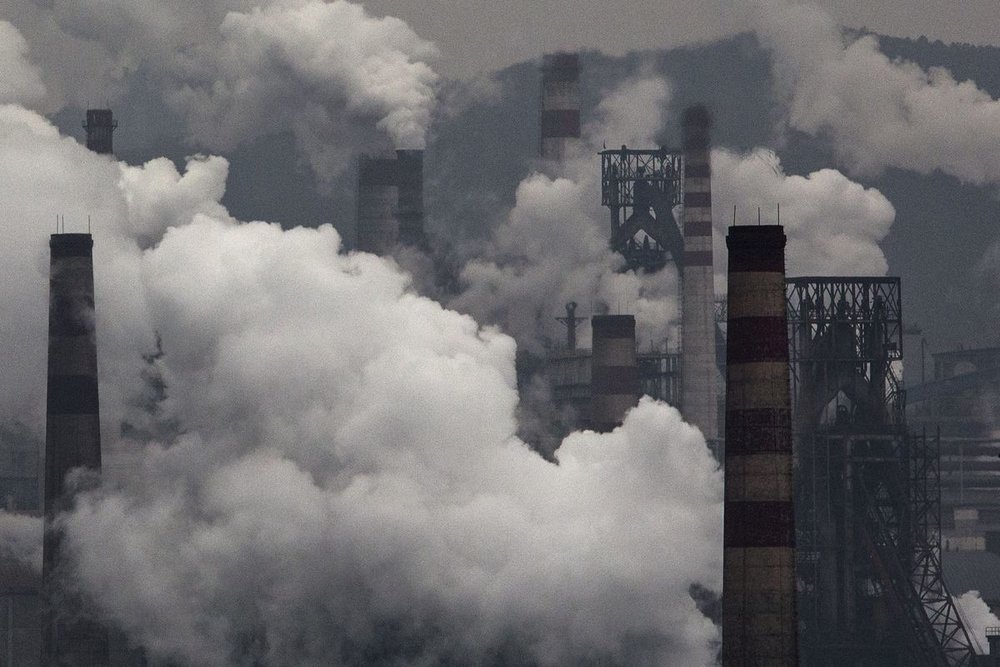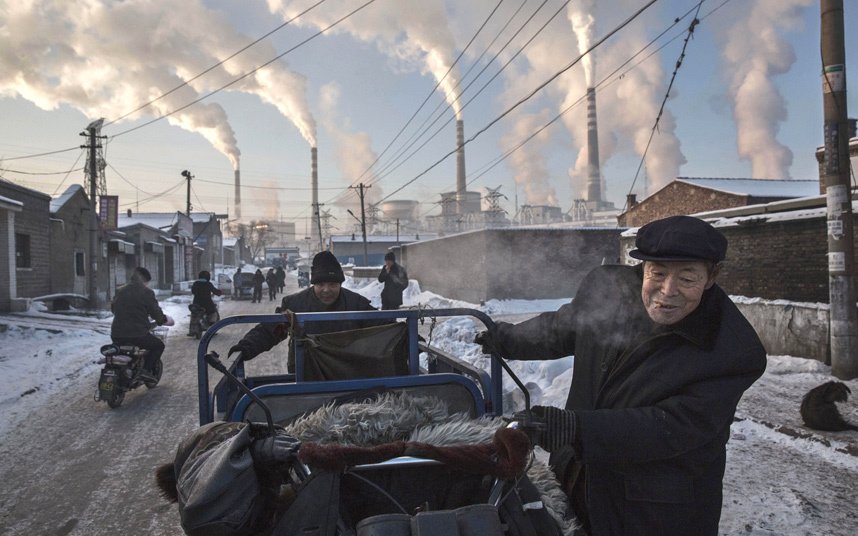
UK Made History as It Went Coalless For 55 Hours

The United Kingdom recently experienced uninterrupted long hours that lasted for more than 2 days without the use of coal which happens to be the largest fuel for many huge economies in the world.
The reproductions of energy through coal is an age-long practice which has been in existence for over a century, but in recent times, the old source of fuel is fast losing its glory to the recyclable ones in the modern day.

The United Kingdom was one of the countries that use coal to produce electricity, but it’s planning to eradicate it soon
Recently, an instance of the way coal, that is among the filthiest deposit fuels, has been facing dethroning in fuel trade was revealed in UK last week, when the country was thrown into a time of living without coal for more than 2 days, estimated to have stretched to 55hrs, because none of the power stations that manufacture electricity through the burning of coal operated within that time.
Coal Absence

China was the top coal generator in 2015 but recent studies showed that the country is gradually losing its enthusiasm on this fossil fuel
UK was denied access to coal for the production of power energy from power plants which was recorded on the 16th of April at 10:26 p.m. in London and went on till 5:12 a.m. on the 19th of April (Monday to Thursday). This information was obtained from grid data.
In 2017, United Nations hosted its annual conference on climate and during the event, it was announced that Britain and Canada would embark on a new global partnership called ‘Powering Past Coal Alliance’, which targeted at shutting down coal as a source of energy come 2030. Nonetheless, the provinces, states, and nations that also joined forces with the vision were not up to 3% of utilized coal all over the world.
Britain was among the countries that started using recyclable energy very early and it owns more seaward established wind plants than other nations of the world. Britain also possesses solar panel grounds which serve an increasing number of demands since the time that outdated conventional energy generators are being shut down for life. The administration targets to turn off every coal plant come 2025. It has also bestowed maximal contact to recyclables to the grid. A recorded time that lasted for 40 hours in a coalless state was witnessed last year October, and this year, the record was broken.
Since time immemorial, this inflammable brown-black natural resource that is normally obtained from the ground, has been utilized to produce power. The method of extracting fuels from coal is mainly to burn it and electrical elements such as heat will be produced. Coal is useful for commercial and industrial productions like reshaping metals. Apart from it being the biggest power source to produce electricity globally, it’s also among the biggest sources where carbon dioxide is emitted all over the world.
A Powerful Energy Generator

The earlier adopters of coal like China and US are fast shutting down their coal plants in readiness to embrace reusable energy sources.
Everything about coal, including its derivation for energy generation, are in one way or another linked to health issues and environmental matters.
Since 1983 China has been holding the position of being the top generator of coal in the world. About 3 years ago, China generated coal tonnes that worth 3,748 million, which was equivalent to 48 percent of 7,863 million coal tonnes produced all together worldwide. Other coal giant economies also surfaced in 2015 and they were as follows:
— United States with 814 million coal tonnes,
— India with 679 million coal tonnes,
— European Union with 538 million coal tonnes, and,
— Australia with 504 million coal tonnes.
Eight years ago, the biggest international traders that shipped coal outside their countries globally were;
— Australia-329 million coal tonnes, which was 27 percent of coal shipment worldwide and,
— Indonesia-317 million coal tonnes which was 26 percent of coal shipment worldwide.
On the other side of the market, the biggest international traders that brought in coal into their countries were;
— Japan-208 million coal tonnes, which was 18 percent of the coal import all over the world,
— China-195 million coal tonnes, which was 17 percent of the coal import all over the world and,
— South Korea-126 million coal tonnes, which is 11 percent of the coal import all over the world.
The coalless period in Britain last week may be an evidence that the country is earnestly working modalities to achieve its coal eradication plans in the next 12 years.
More in Advisor
-
`
Matthew Perry Foundation Launches Addiction Fellowship at MGH
The impact of addiction on individuals and families is profound, and the need for specialized medical care in this field has...
February 13, 2025 -
`
Celebrity Couples Who Have Ended Their Relationships in 2025
2025 has already seen its fair share of celebrity breakups, and the year is just getting started. From heartfelt announcements to...
February 6, 2025 -
`
How Trump’s Policies Will Reshape Artificial Intelligence in the U.S.
The United States witnessed a significant political shift as Donald Trump took the presidential oath once again. His return to the...
January 31, 2025 -
`
Millie Bobby Brown Shuts Down Age-Shamers with a Powerful Message
From the moment Millie Bobby Brown first appeared as Eleven in “Stranger Things,” she captured hearts worldwide. But growing up in...
January 25, 2025 -
`
Why Outsourcing Payroll Services Is a Smart Business Move
Managing payroll is no small task—it’s a crucial part of any business that ensures employees are paid accurately and on time....
January 15, 2025 -
`
These AI Stocks Should Be on the Watch List of Investors in 2025
The buzz around AI stocks is growing louder than ever. With artificial intelligence shaping industries like healthcare, finance, and tech, smart...
January 8, 2025 -
`
Why the Starbucks Workers Strike Is Expanding Across U.S. Cities
The Starbucks workers’ strike has gained significant momentum, with employees in more U.S. cities joining the movement to address unresolved issues...
January 2, 2025 -
`
Are Shawn Mendes and Camila Cabello Still Close After Breakup?
The connection between Shawn Mendes and Camila Cabello continues to intrigue fans worldwide. Their shared history, from chart-topping collaborations to a...
December 24, 2024 -
`
Here’s What It Takes to Become a Professional Physical Therapist
Physical therapy is a career that blends science, empathy, and problem-solving to help people recover from injuries or improve mobility. Knowing...
December 19, 2024















You must be logged in to post a comment Login